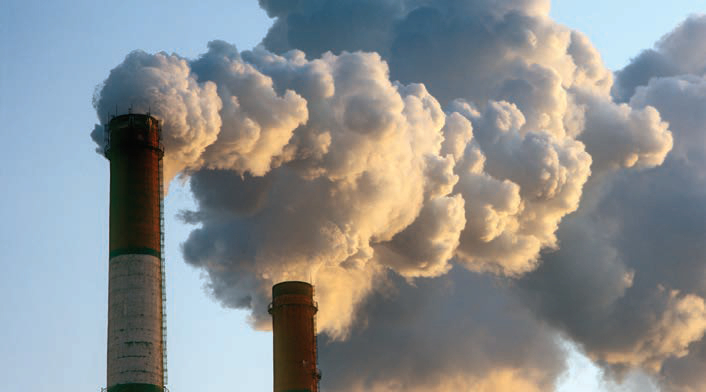Cutting our carbon
20 August 2021The BioComposites Centre’s Dr Morwenna Spear looks at carbon emissions
Carbon emissions and climate change will be in sharp focus over the coming months as we gear up to COP26 in November in Glasgow, UK. This gives us an ideal opportunity to talk about the credentials of wood-based panels. After all, timber is a renewable and sustainable material, and it contributes carbon sequestration as well as having a lower embodied carbon than many competitor products. Correct. But does that mean our job is done?
Just as the timber industry gets to grips with its life cycle assessments (LCAs), and does EPDs (environmental product declarations) for its products, someone goes and sets a new challenge: “How do we intend to de-carbonise further?”
In the UK the target is for zero emissions by 2050 and a 68% reduction by 2030. The EU intention is 55% by 2030, and many other nations have submitted individual targets under the Paris agreement. Will this change in Glasgow? We can leave that bit to the politicians. These changes will rely on all sectors meeting targets.
Some in the panels sector may ask “why do we need to reduce our emissions? Timber already has a negative, or below zero emissions value.” This is true – if you count the stored sequestered carbon, or biogenic carbon element in the total for the material. But in many systems of carbon calculating and reporting it is not as straightforward as that. The stored carbon may have been counted elsewhere in the system (for example, sold into carbon credits to offset other higher emitting industries), which could lead to double counting. Many reporting systems need the embodied emissions to be reported separately from any biogenic carbon storage effects. The emissions on harvesting, transporting and manufacturing of wood products still need to be reduced, as these are reported separately.
Why should this matter to the wood-based panels industry? Many nations are now considering counting carbon, or setting emissions reduction targets for individual sectors. Take construction for example. The World Green Building Council is currently engaged in a project (#BuildingLife) to produce national Construction Roadmaps before COP26. The UK Green Building Council (UKGBC) is one of several European GBCs engaged in doing this at national level.
Couple this with increased capability to count carbon and report carbon in individual projects (for example OneClick LCA’s tool for the construction industry or IStructE’s recently launched offering). Construction firms and engineers will increasingly be importing the data from existing EPDs into their calculations at design stage, and making decisions using it. Having verified, up-to-date EPDs for your products, including any emissions reducing measures and efficiencies of your process, will become a competitive commercial benefit, not just a bit of green ‘icing on the cake’.
This challenge will cascade down through the industry to many of the feedstocks and chemicals, whether these are resins, release agents, waxes, preservatives or other additives. These chemicals may be present only in small percentages in any given panel, but their embodied carbon contributes to the total value for the produced panel. Indeed, the chemicals sector is one of the higher emitting sectors, with their own targets to reduce emissions through energy saving, a move to green synthesis, greater efficiency, improved catalysis or other strategies.
Neither is this challenge limited to a single country or region. Materials for construction are widely traded, and many materials for construction in the UK are imported, contributing to 30-40% of construction-related emissions. So pressure to provide EPDs, and to show low embodied carbon of products or raw materials and feedstocks will move to producers across the supply chain globally.

